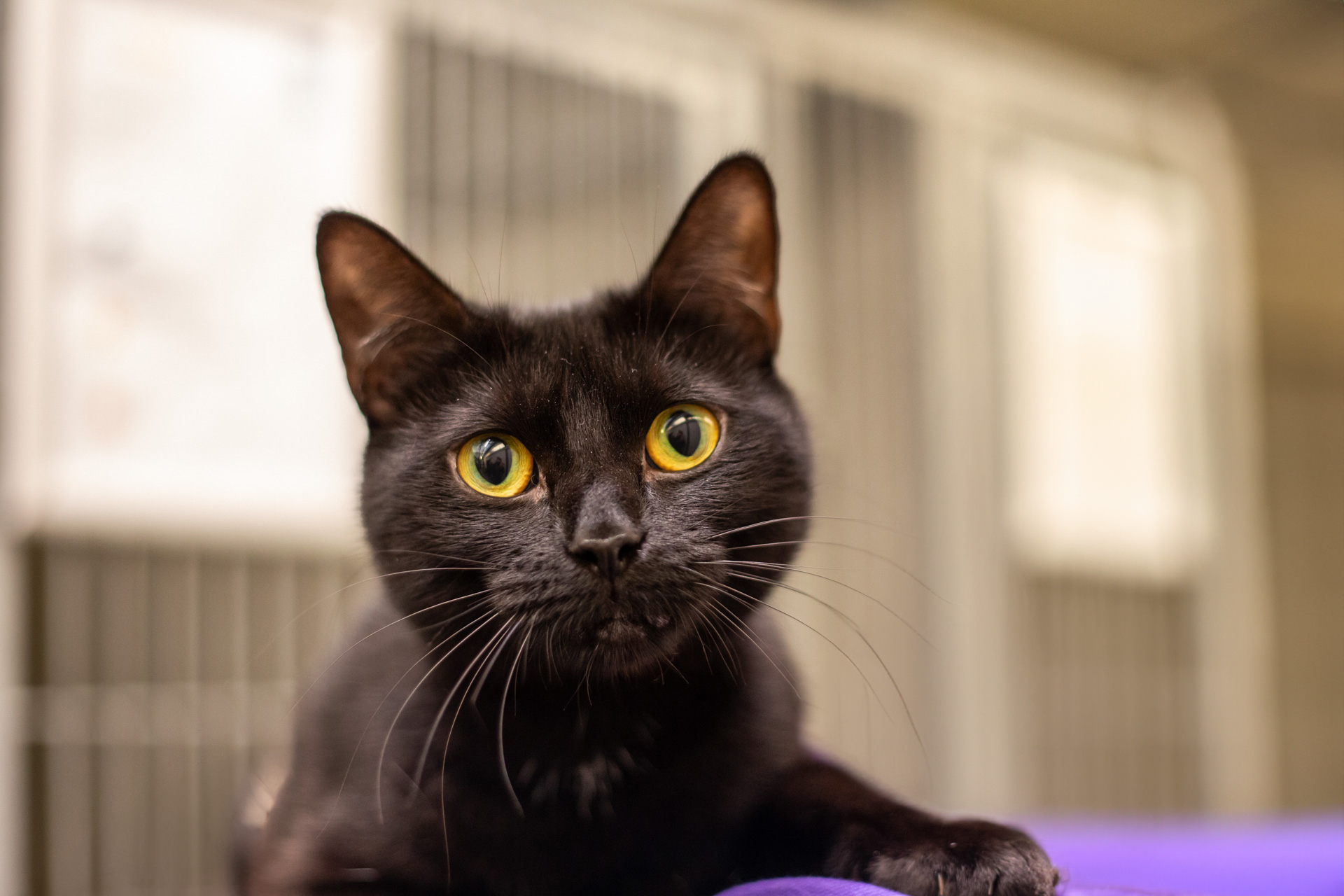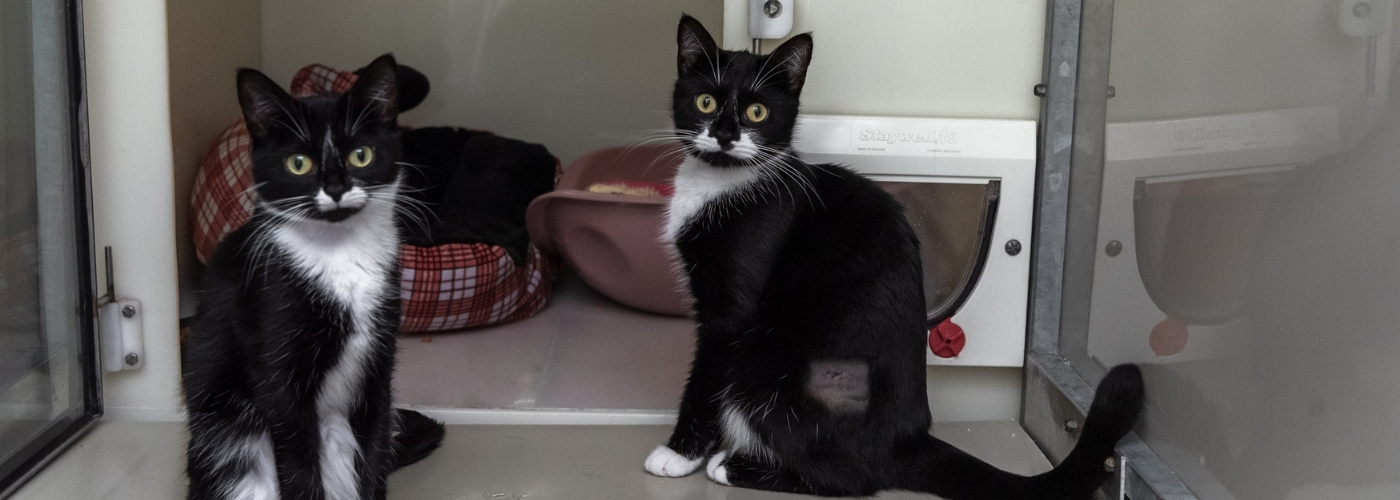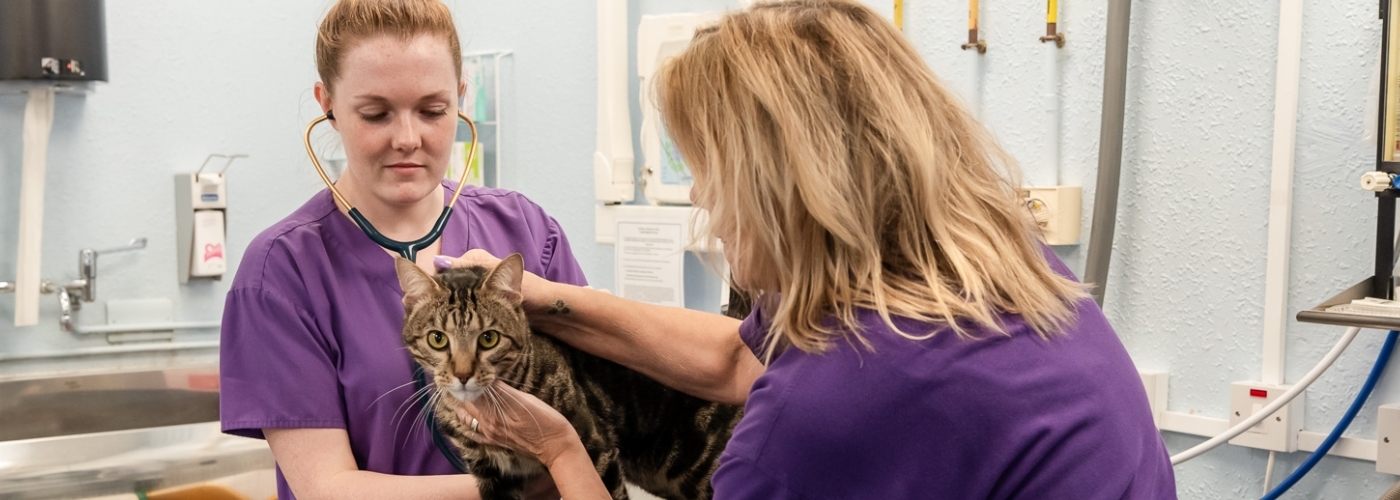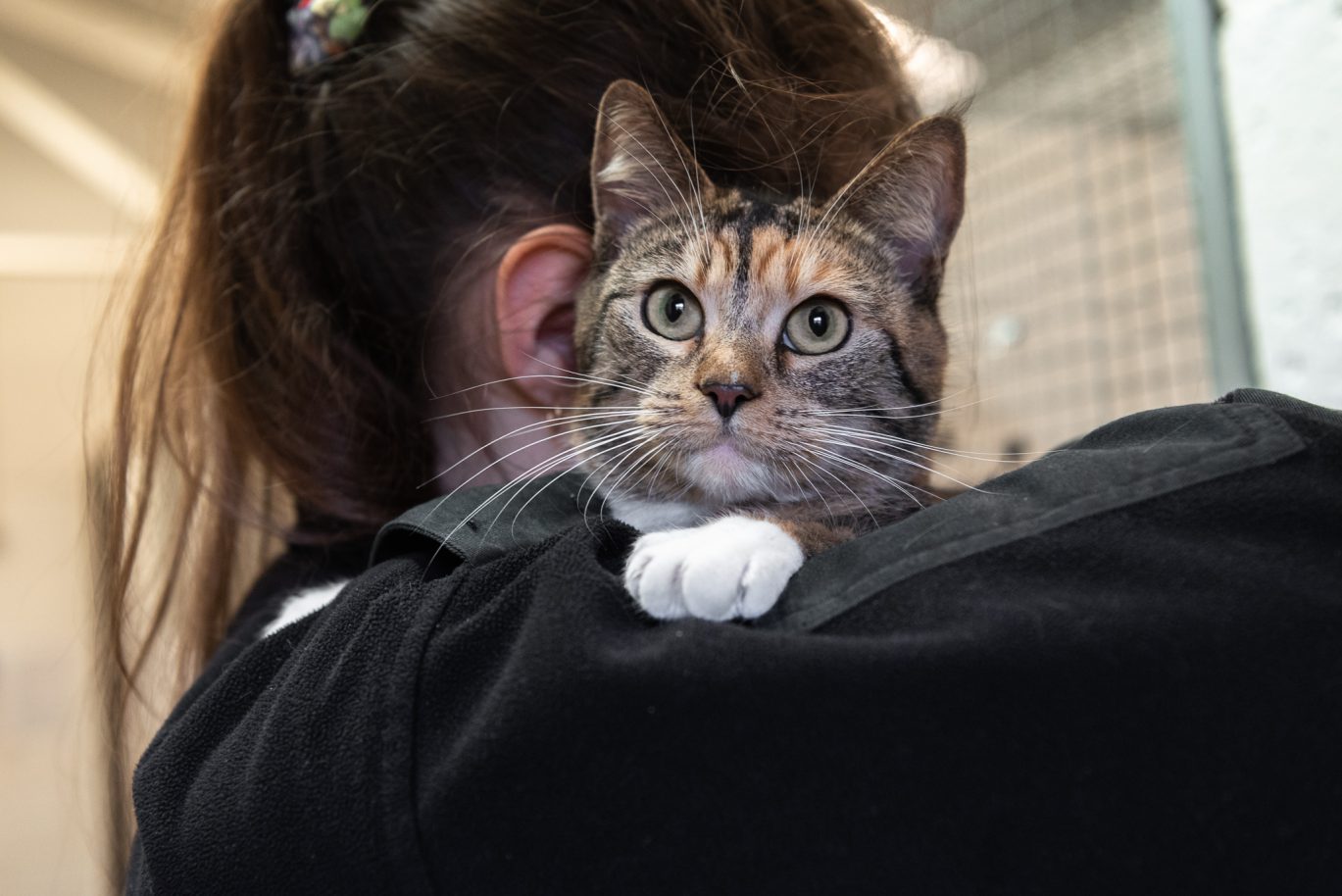
Why Do Cats Make Biscuits?
Here’s everything you need to know about why cats act in this super cute way.
Our feline friends do some adorable things, and ‘making biscuits’ is one of them. It’s a signifier of how they’re feeling, and it can tell you a lot about their relationship with you.
What is kneading/making biscuits?
Kneading, or ‘making biscuits’, is a common behaviour for cats. It describes when your cat rhythmically pushes their paws in and out at alternating times, as if they’re kneading dough.
They usually do this on soft, cosy surfaces like pillows and blankets, as well as on your lap.
Why do cats knead/make biscuits?
Cats commonly make biscuits to show pleasure and contentment. They can also do it when they’re stressed to create a soothing environment for themselves.
It’s an instinctive trait that comes from when they’re young. When kitten’s feed from their mother, they press on her tummy to encourage milk flow from the teat. This behaviour follows them into adulthood and means that they’re feeling safe and comforted with you.
They also engage in this behaviour to mark you as their territory. As well as kneading on your lap as a sign of affection, this behaviour also claims you as theirs and warns other cats to stay away. There are scent glands that release pheromones in their paws and pushing them in and out activates these glands.
Although every cat makes biscuits, the way a cat kneads (and responds to kneading) is unique to them and your relationship. Some cats may purr loudly and others soft; some use just their front paws whilst others use all four. They also may appear to be in a trance when doing this, but don’t worry – this is just another sign of how relaxed they are.
Female cats also tend to knead when they are going into heat. They do this to attract males and demonstrate that they’re ready to mate, alongside other behaviours.
How to handle kneading behaviour
Although your pet means no harm when they’re kneading, sometimes they do this with their claws out which can be quite painful if they’re on your lap. Don’t punish your cat for doing this as they can’t help this behaviour. Instead, you can place a soft barrier, like a pillow, between you which should help with this pain.
You can also encourage them to lie down by pushing lightly on their back or distract them with a toy.
That’s everything you knead to know
We hope this advice helps you to understand your cat’s behaviour and recognise when they’re feeling safe and relaxed.
Please consider giving a one-off donation to help us provide love and care to the cats that don’t have a happy home.
Did you enjoy this article?
Every £1 could help us rescue and protect cats and kittens and find their forever homes.
Give a lifeline to an animal in need
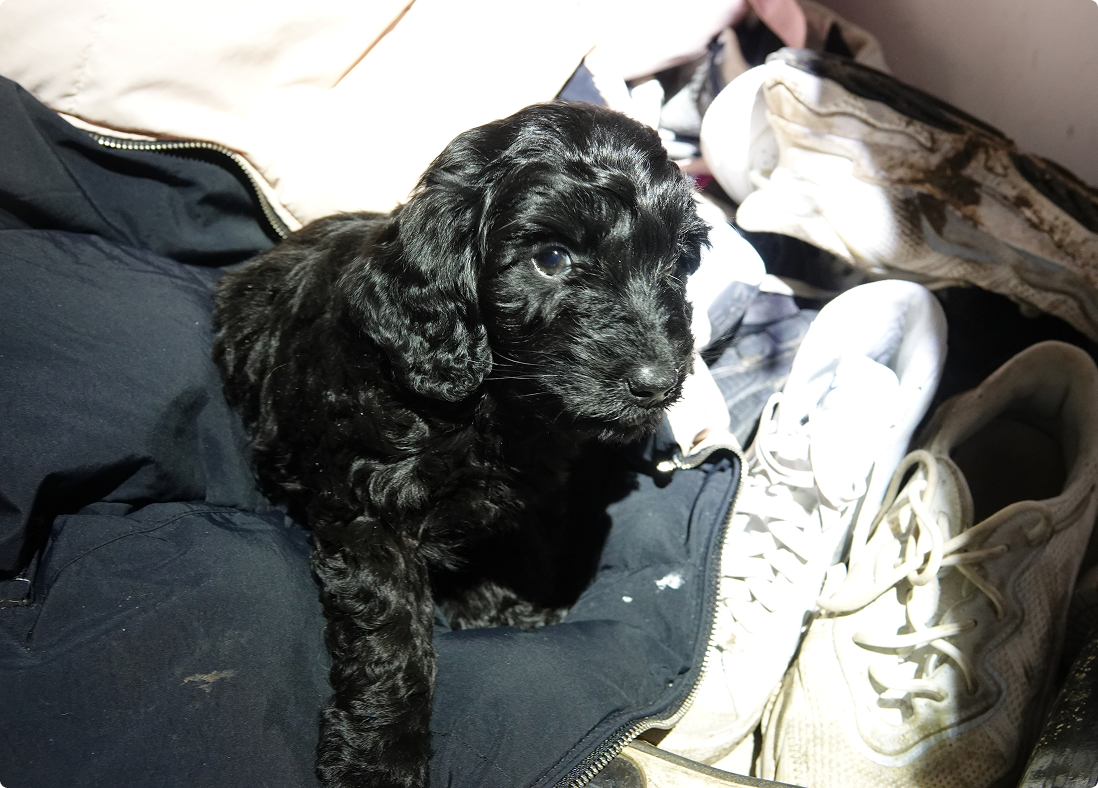
Puppies across Scotland need your help
Please consider giving a monthly donation today. Give Scotland’s animals the gift of safety this winter and beyond. The criminals involved in the low-welfare puppy trade never stop. And with your help, neither will we. Every £1 matters to puppies like Winnie.
